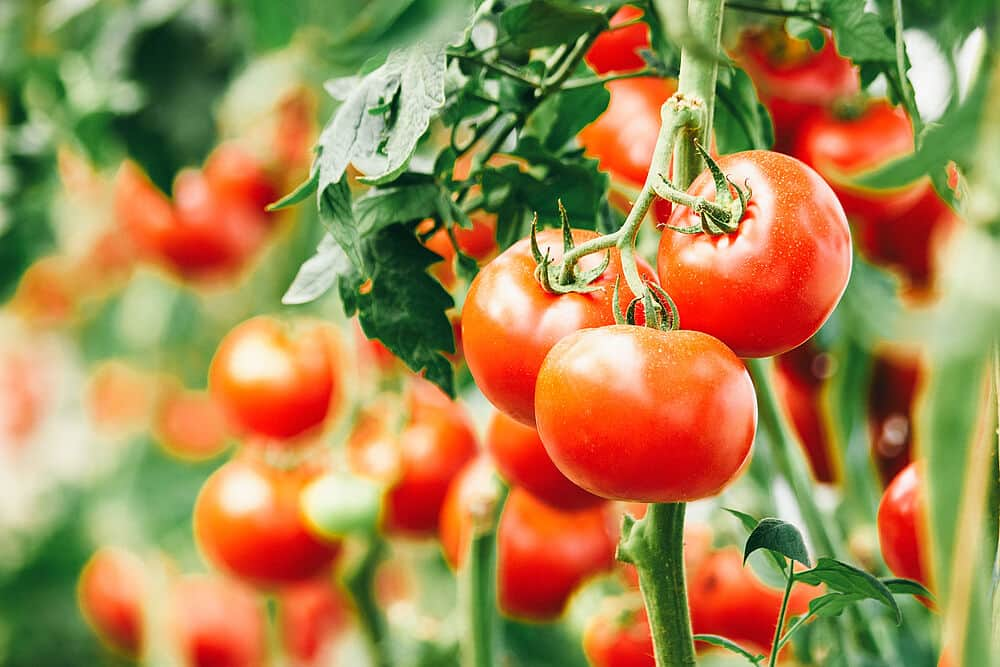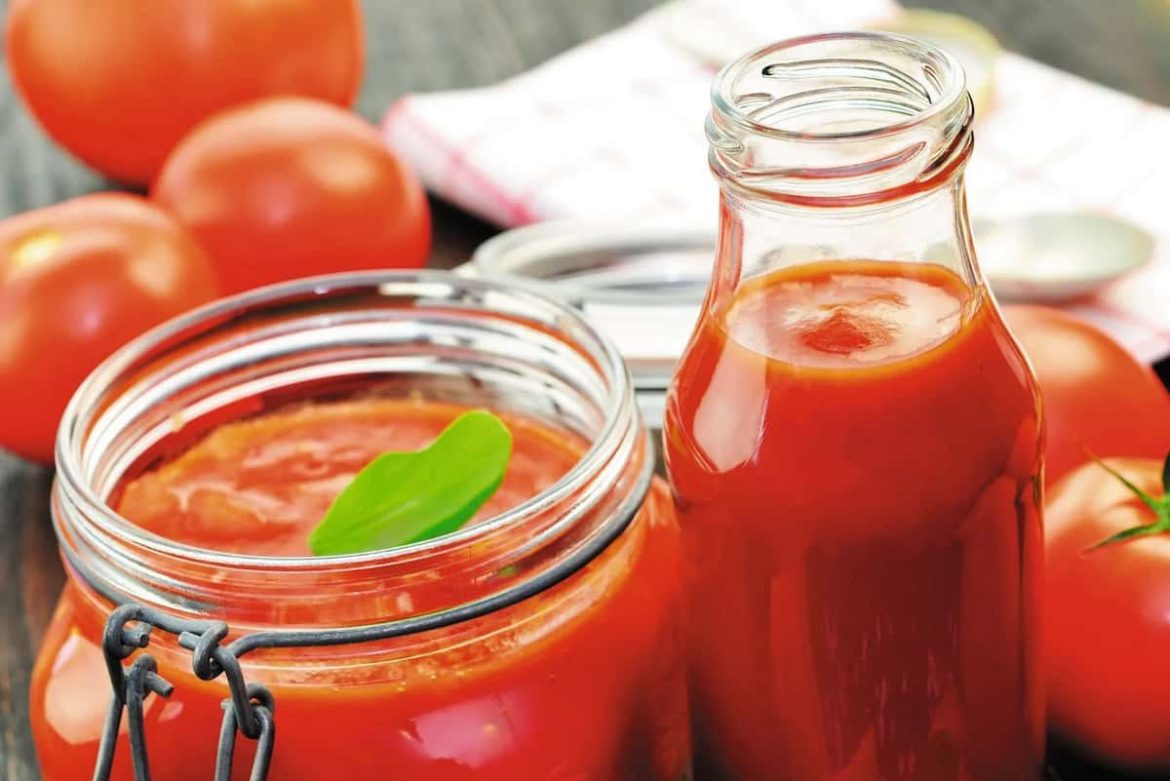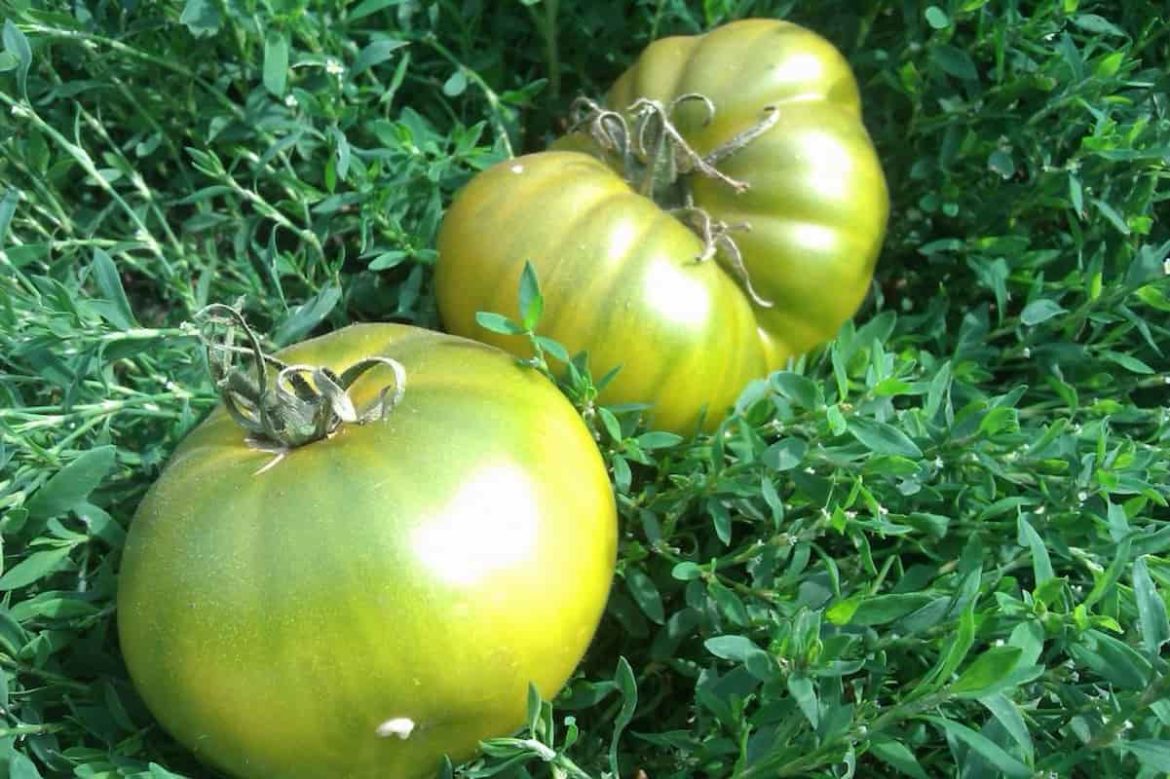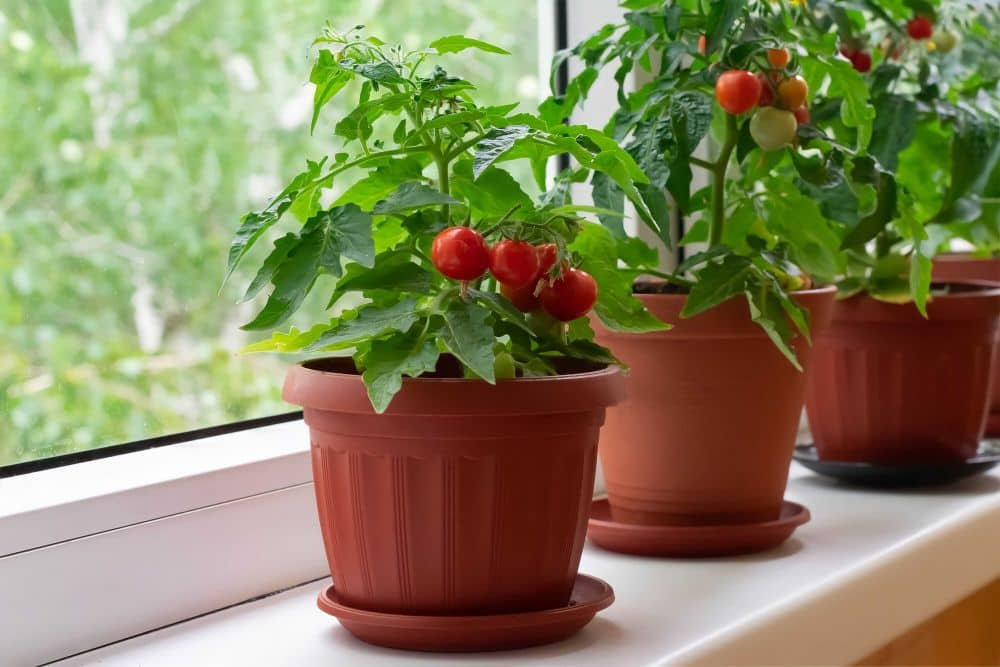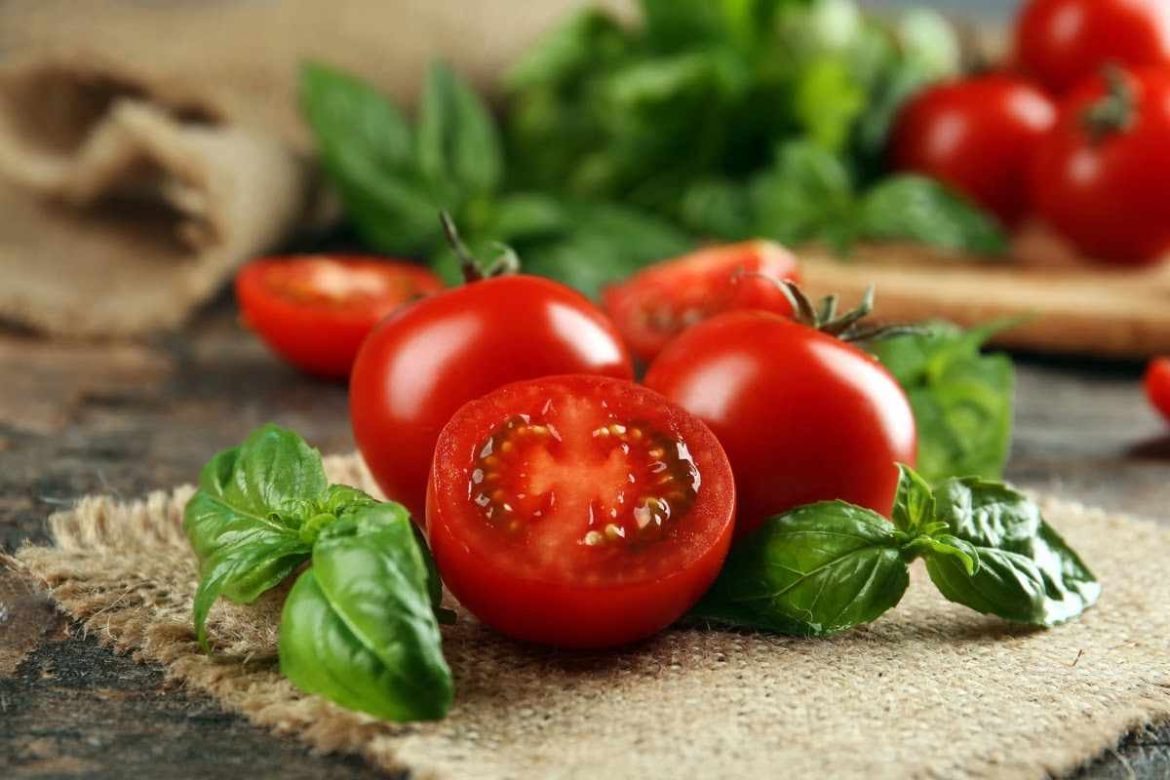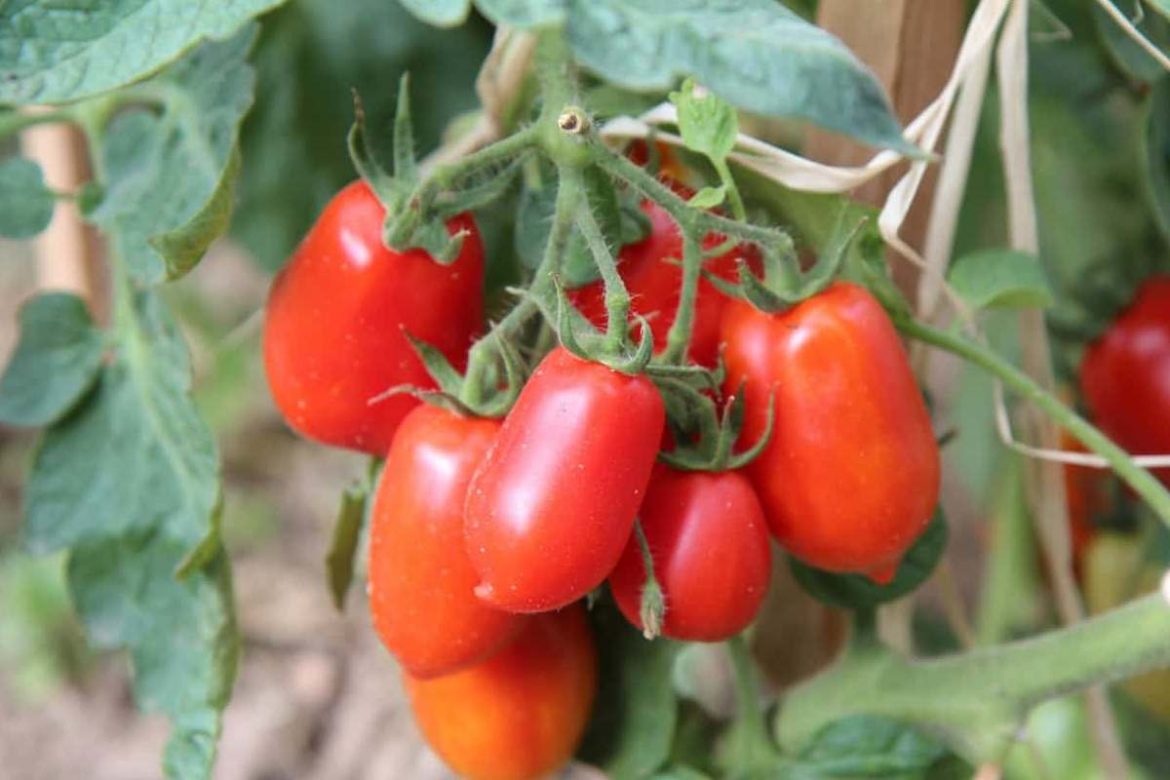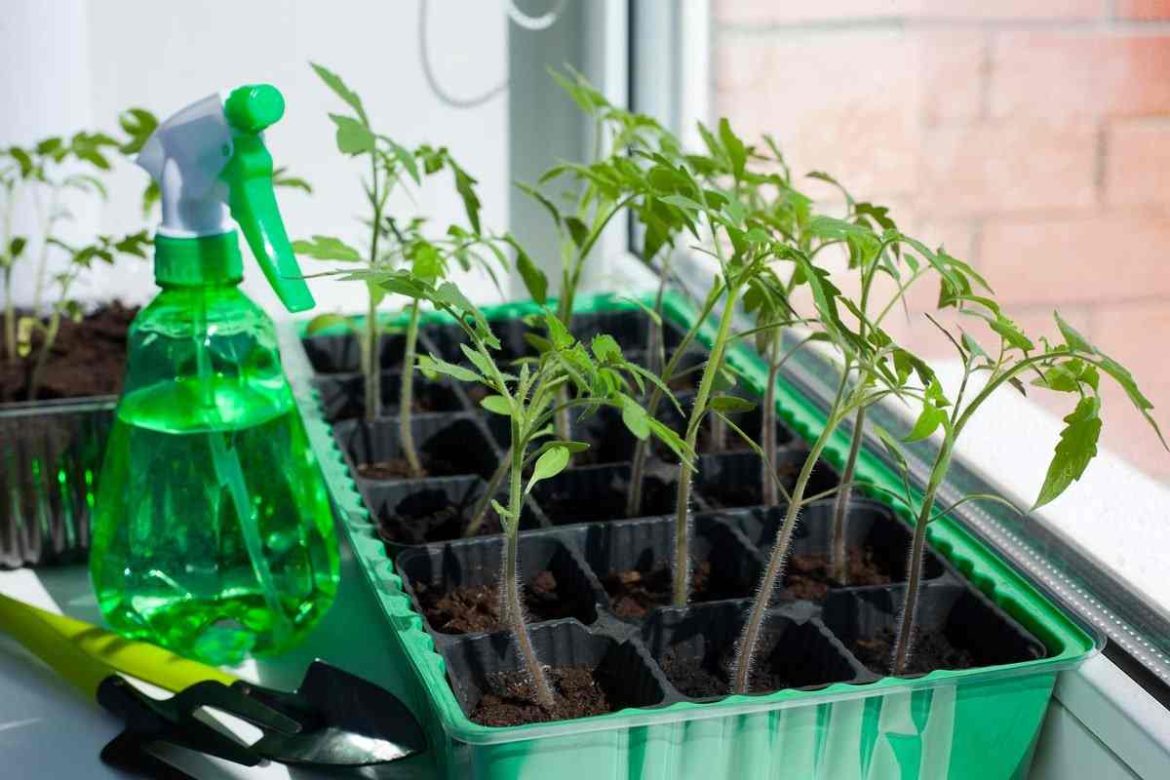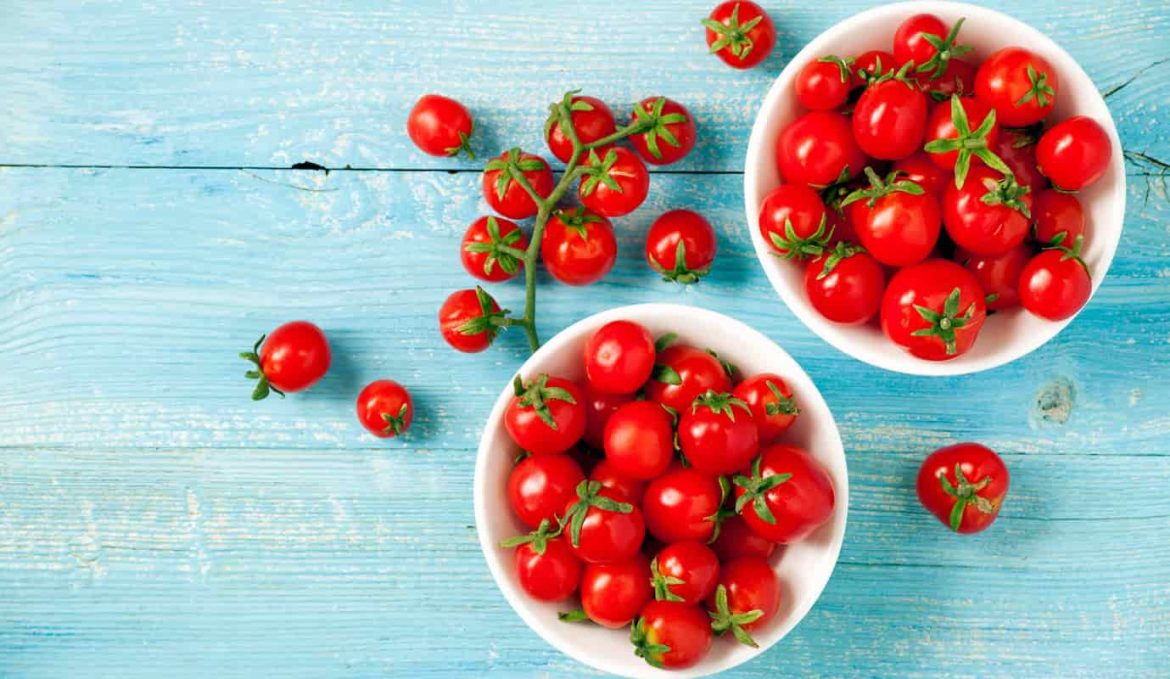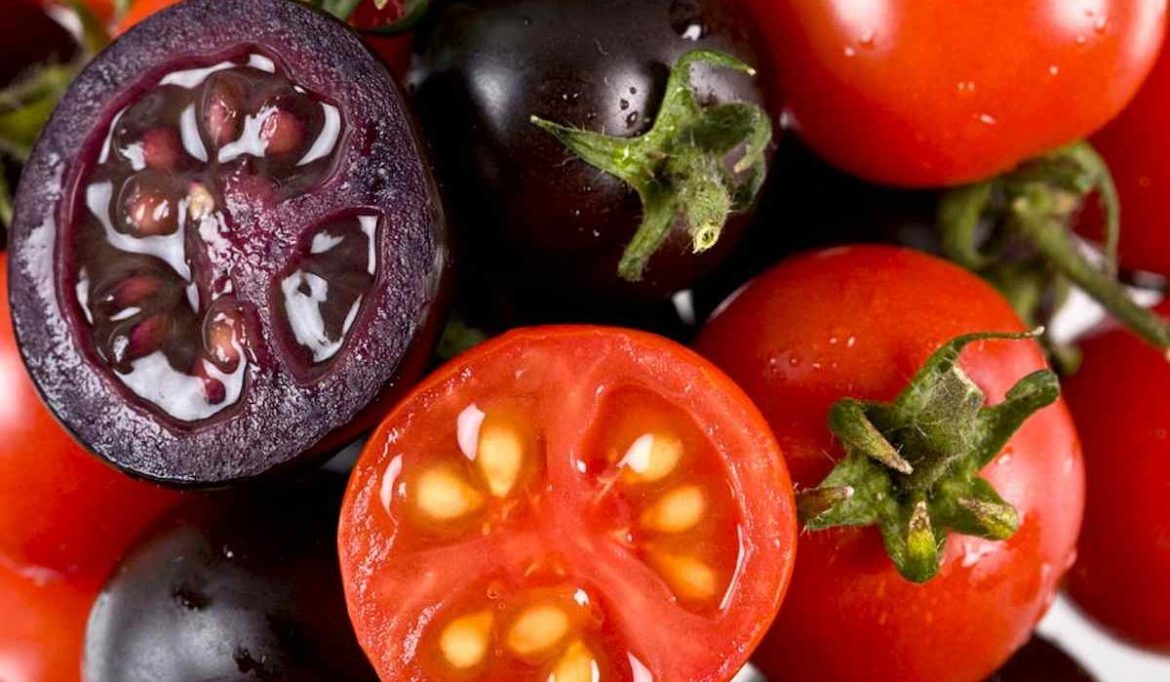Different types of tomatoes to grow in home garden
Let’s have a look on different types of tomatoes that you can grow in your home garden
Many people cultivate tomatoes by starting them from starts that they buy at a hardware shop or nursery
While this is a convenient method, it limits the number of tomato varieties from which you can choose
Growing tomatoes from seed allows you access to a much wider variety of unique and flavorful strains, which is one of the many compelling reasons to make the switch
When it comes to selecting tomato seeds, simply picking up a seed catalog can be nearly too much to handle
Tomatoes are often considered to be one of the most versatile of all vegetable crops
They are available in a seemingly unlimited variety of shapes, sizes, and colors, and there are numerous types that have been bred to be suitable for practically any climate and any culinary application
The following is a guide to the many different types of tomatoes, as well as instructions on how to select the most suitable variety for your garden
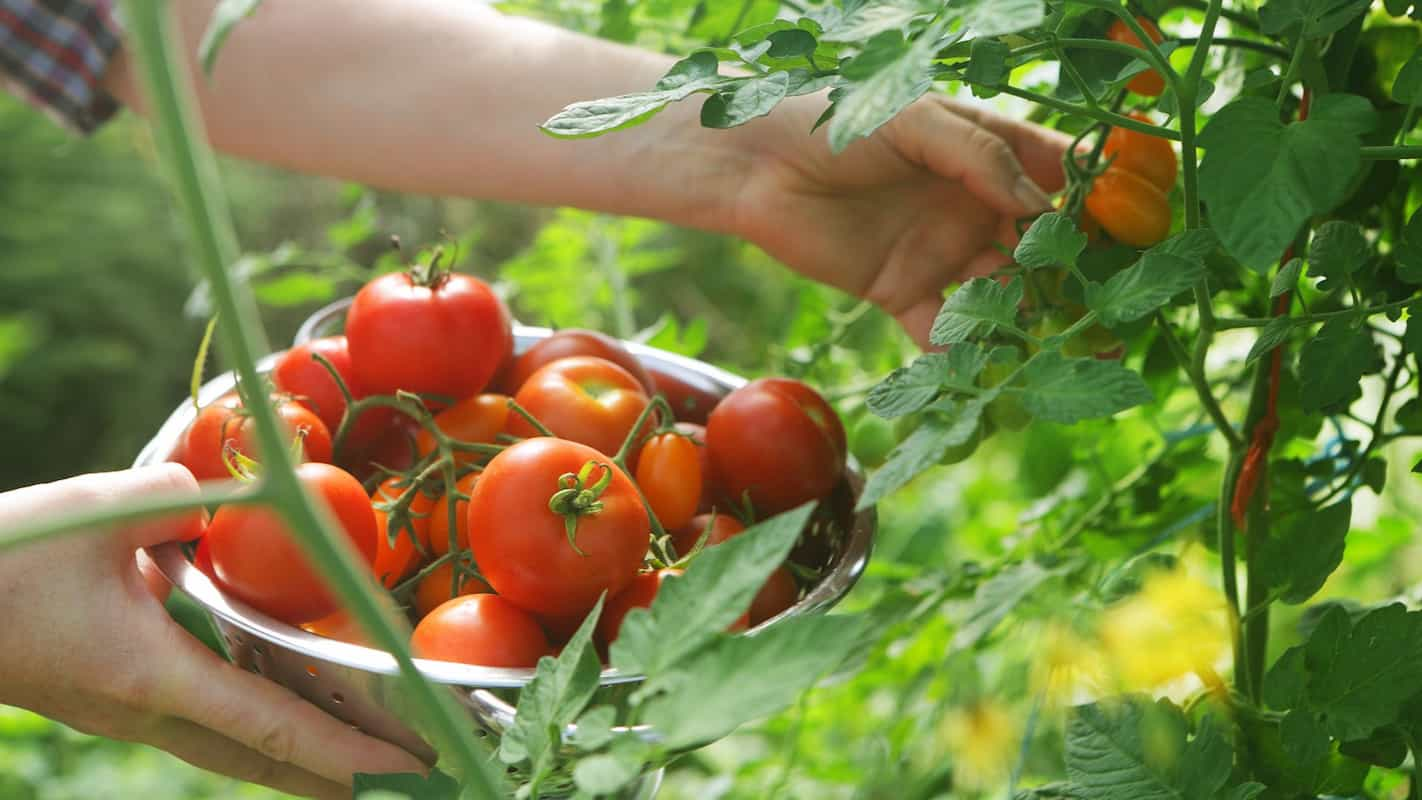
Different kinds of tomatoes When you are deciding which variety of tomatoes to cultivate in your garden, the first question you should ask yourself is, “How do I want to eat these tomatoes?” According to their primary purpose, tomatoes can be broken down into one of these three broad categories when describing their variety
Tomatoes Being Sliced To make thick slices for burgers or sandwiches, slicing tomatoes are large and round or flattened-round
If you want to impress your gardener friends, you can call them “oblate
” Some slicers are of the “beefsteak kind,” which indicates that they are particularly large and meaty in appearance
Paste Tomatoes Paste or sauce Tomatoes have a robust flavor, thick fruit walls, and relatively small seed cavities, which allow them to reduce and cook down into tomato paste or homemade sauce more quickly than larger, juicer species
These characteristics give tomatoes their distinctive appearance
They are also fantastic for canning in general, whether whole or chopped, and the fact that they contain a relatively low amount of moisture makes them an excellent candidate for drying
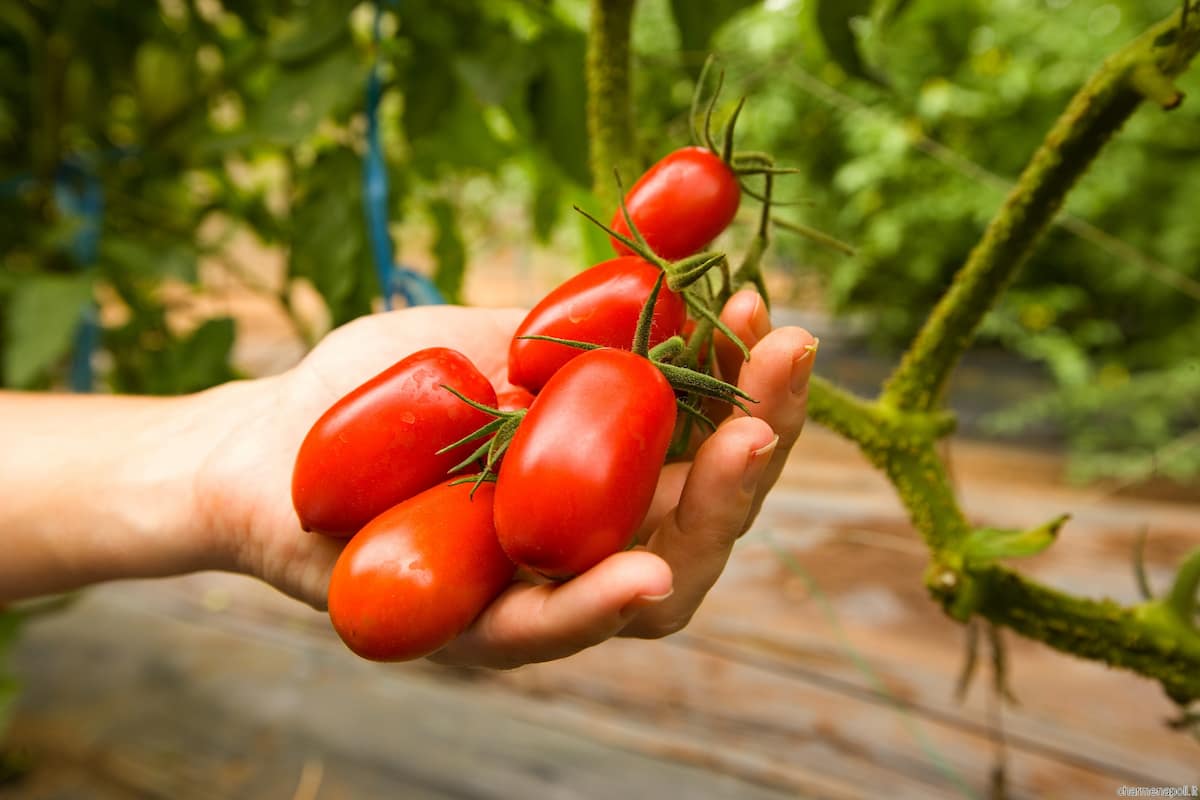
Even if there are some paste tomatoes that are very nice for eating fresh, their primary function is in the kitchen, where they are used as an ingredient
Tomatoes Cut Like Cherrys Cherry tomato varietals have fruits that are small and juicy and grow in clusters
These cherry tomatoes are wonderful for snacking on, adding to salads, or using in vegetable kebabs that are grilled
When you’ve just finished a hard day’s labor in the garden on a warm summer day, there’s nothing quite like the satisfaction of popping a sun-warmed, perfectly ripe cherry tomato into your mouth
Determinate vs
Indeterminate You’ll find that all descriptions of tomato varieties include a comment on whether the tomato is a determinate or an indeterminate variety
The term “determinate” refers to a situation in which the plants will reach a specific size, at which point they will produce a large number of fruits all at once, which will then reach maturity around the same time
The term “indeterminate” refers to the fact that the plants will continue to grow, blossom, and set fruit intermittently throughout the season, up until the point where frost or blight kills them off
The majority of tomato varieties used for paste are determinate because you need a large quantity of mature fruit at the same time in order to make it worthwhile to can tomatoes or create sauce from them
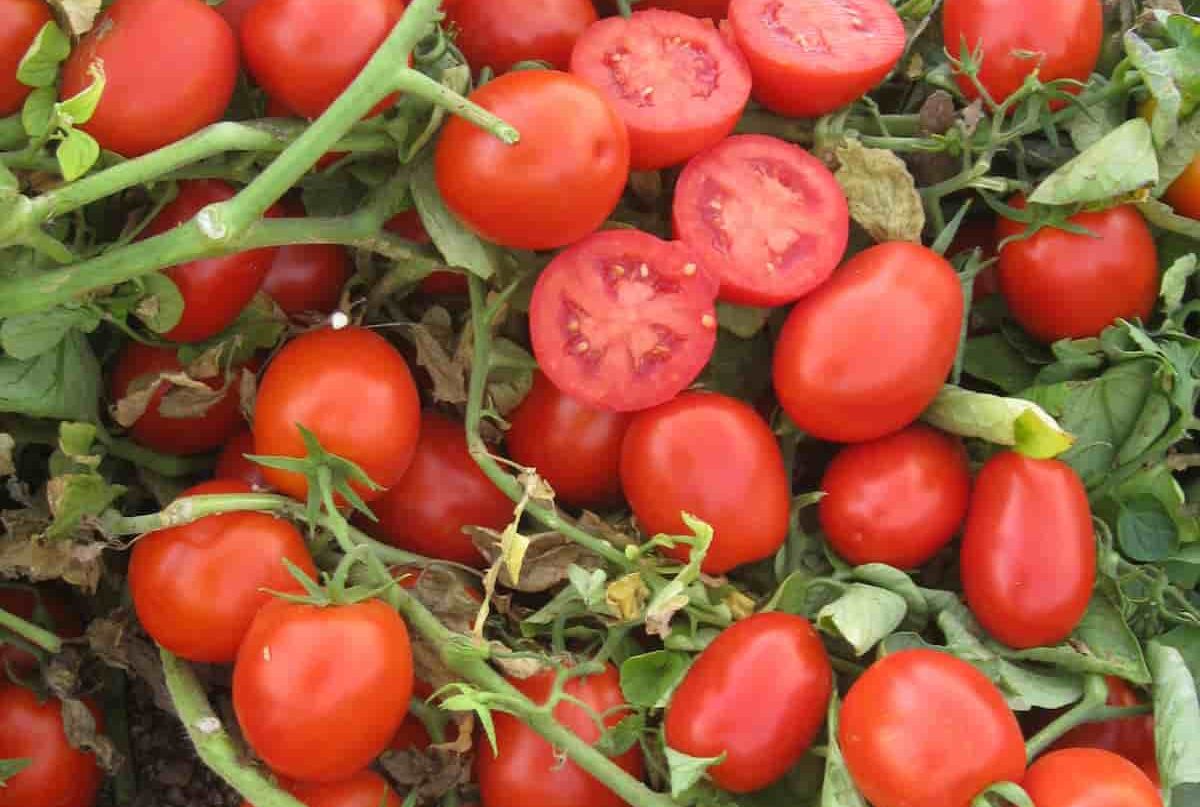
Many determinate dwarf tomato varieties act more like dwarf determinate types when grown in containers
Indeterminate tomato varieties make up the vast bulk of Sow True Seed’s selection of slicing and cherry tomato varieties
There are tomatoes that are determinate, such as slicers and cherry tomatoes, but they are more popular among commercial growers than among home gardeners
This is because home gardeners often choose a steady harvest throughout the summer rather than a large quantity of tomatoes all at once
Tomatoes of Notable Varieties and Types You should now have a better understanding of how to select the appropriate tomato varieties for your garden
You find yourself asking, “But there are still so many to select from, how do I pick!” The following is an overview of some of our all-time favorite kinds, which range widely in dimensions, sizes, hues, and types
Heirloom Tomatoes Many gardeners want to cultivate heirloom tomatoes because of the legendary reputation that these tomatoes have for having exceptional flavor
The term “heirloom” refers to any kind of a vegetable that has been kept alive from one generation to the next
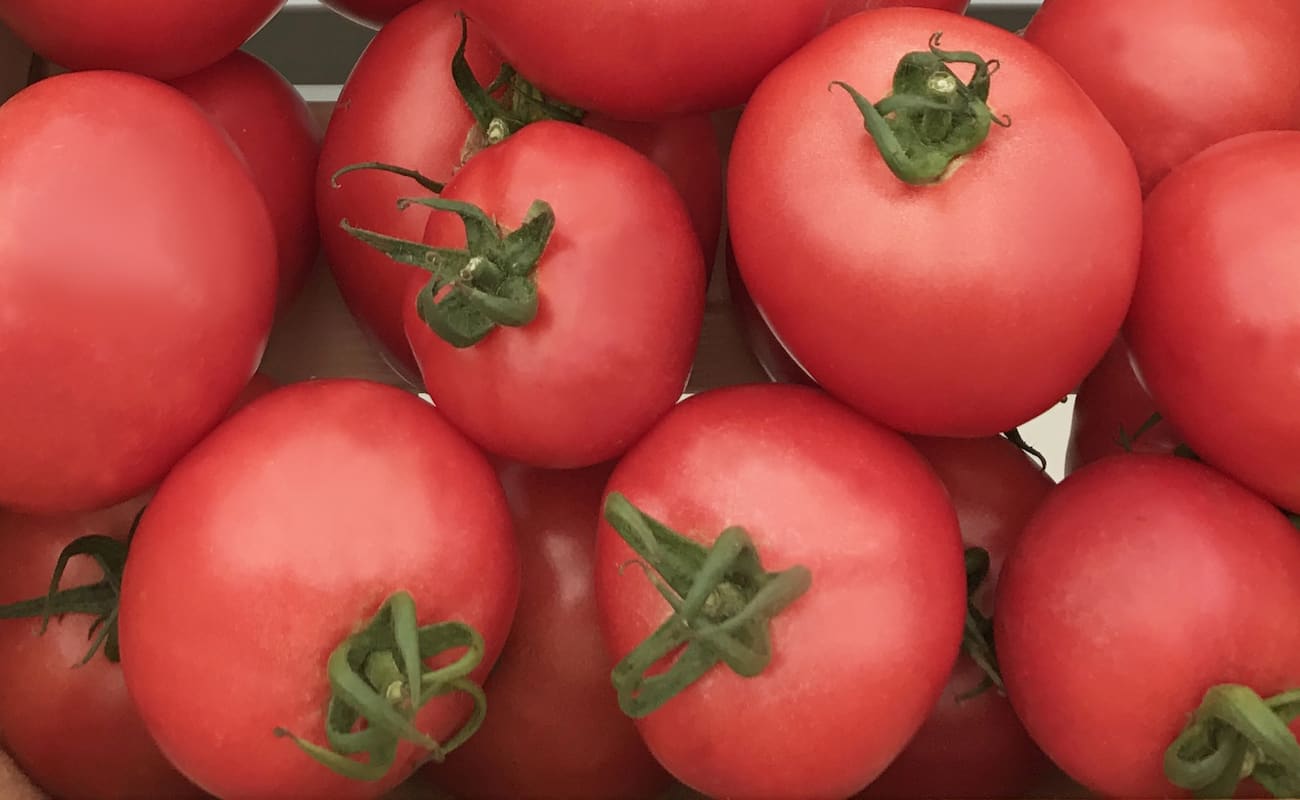
The majority of them can be traced back to a time before the Second World War, and many of them are even older
If a variety has been preserved and handed down for such a long time, you can be sure that it has a fantastic flavor, and many of these have fascinating tales to accompany their outstanding reputations in the culinary world
In addition, many of them have odd forms and colors, the likes of which you would never see in a supermarket
Heirloom tomatoes make up over half of Sow True Seed’s selection of tomato varieties
Browse through all of our heritage tomato varieties, or have a look at some of these hidden beauties that you might not be familiar with: Uncommon Heirloom Tomato Varieties to Choose From Oaxacan Pink has fruits that are of a medium size, ribbed, and a beautiful shade of pink
Chocolate Stripes are characterized by the presence of dark green stripes on maroon fruits of medium size
Paul Robeson has mouthwatering circular slicers with a purple flush on the shoulders
His name is Paul
Beefsteak Tomatoes The phrase “great sandwich” is practically interchangeable with “beefsteak tomato
” Picking and eating these huge slicing tomatoes, which are the largest and meatiest in the area, is such a wonderful experience
Varieties of Beefsteak Tomatoes A legendary kind of heirloom tomato, the Pink Brandywine! The all-time best-selling tomato variety offered by Sow True is called Cherokee Purple
Incredibly Effective Mortgage Lifter 1-2 lb fruits are common on this cultivar
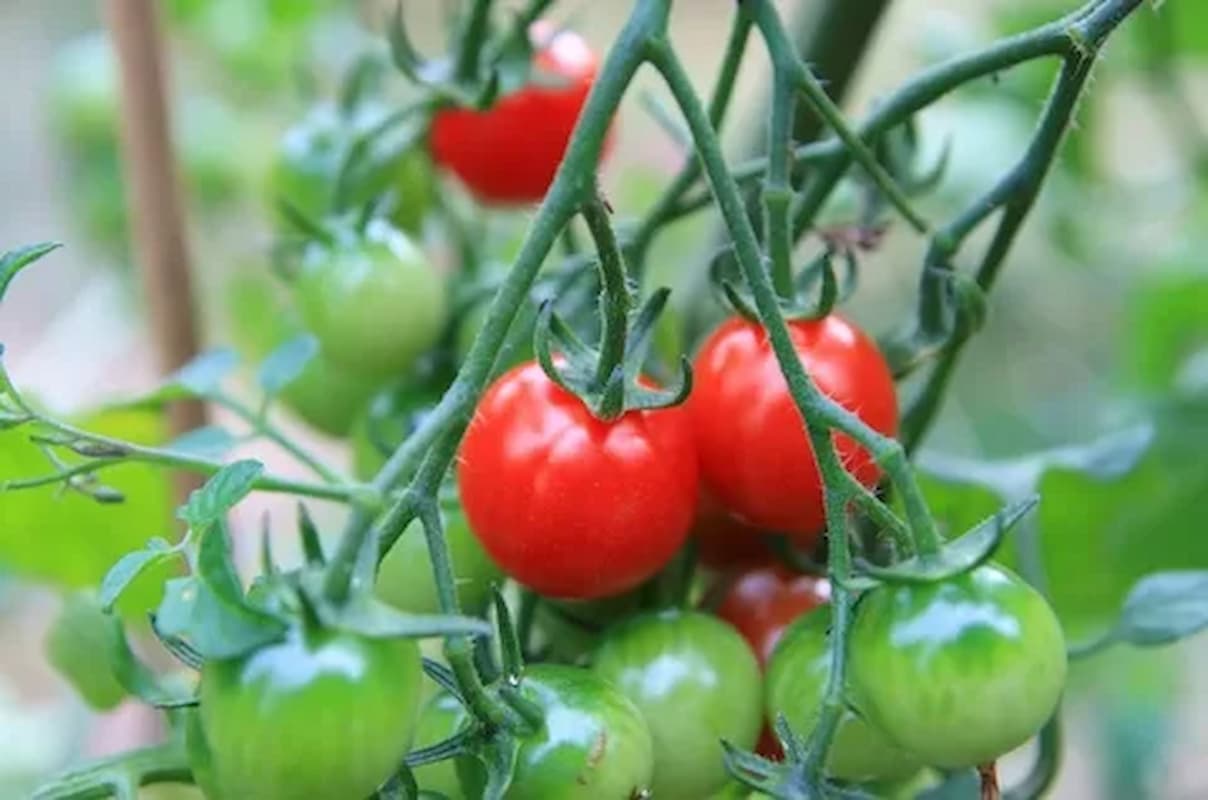
Green Tomatoes Not the unripe green tomatoes that are used to make fried green tomatoes, but rather the tomatoes that keep their green color even after they are fully ripe and tasty
These unique strains are typically not carried by retail outlets, which makes it all the more important to cultivate them at home rather than buying them
(Not that you’re going to go back to the dark side of supermarket tomatoes once you’ve seen the light of the sort you can raise in your own garden anyhow
) Varieties of Green Tomatoes Aunt Ruby’s German Green is a huge, green slicer that is a family heritage
Green Doctors are a variety of green cherry tomato that were given their name in honor of tomato specialists Dr
Carolyn Male and Dr
Amy Goldman
Green Zebra is a round slicer of a medium size that has very eye-catching green and yellow stripes
Tomatoes with a Purple or “Black” Rind Some tomatoes have a rich burgundy or purple coloring, which is caused by high quantities of anthocyanin, a potent antioxidant, in their skin
This coloration can be seen in some varieties of tomatoes
Wonderful in appearance and taste, as well as good for you! There are many different kinds of purple tomatoes
Black Krim is a Ukrainian heirloom that has a flavor that is smokey and rich
Fruits of the Black Cherry tree are perfectly spherical and uniformly purple all the way through
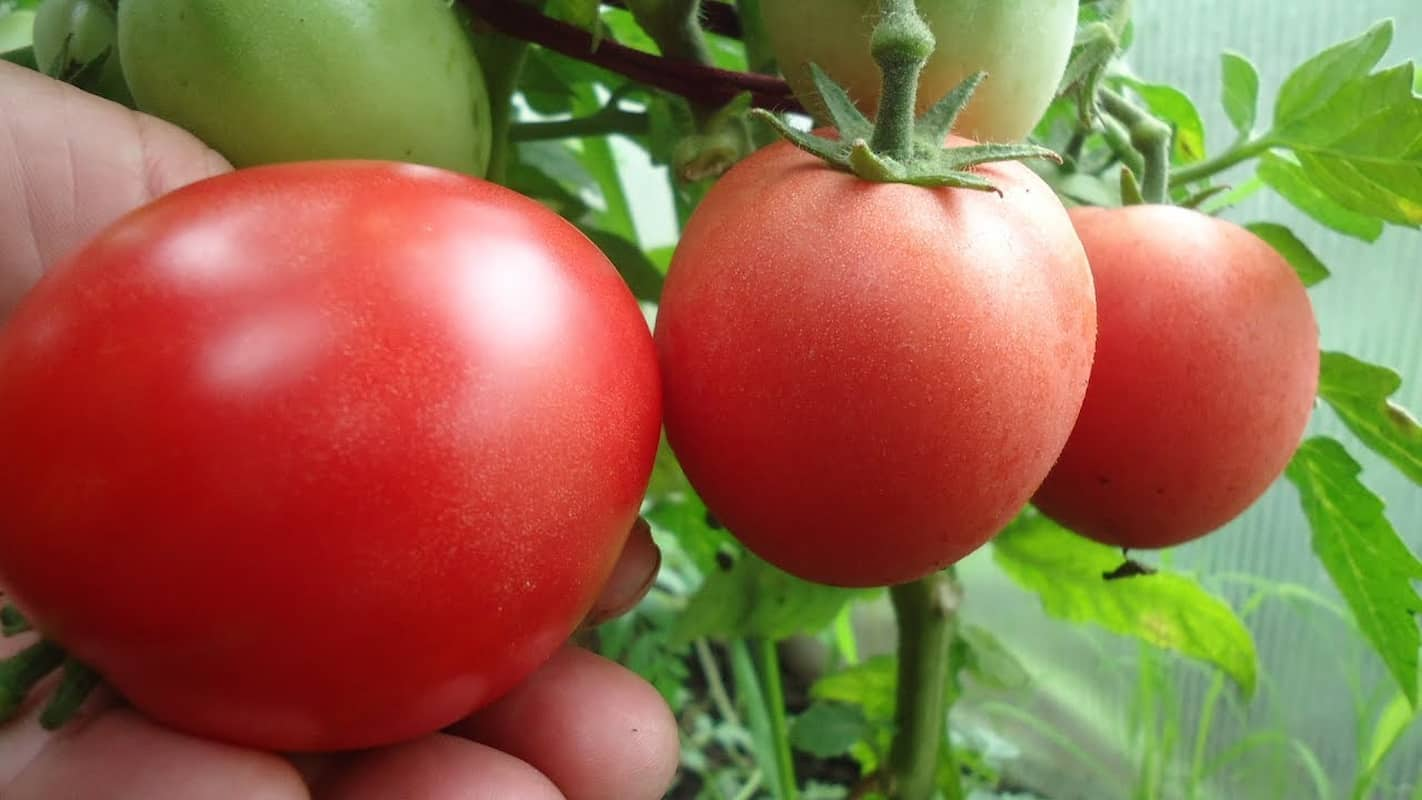
Black from Tula is a variety of tomato with dark purple shoulders that is thought to have originated in Tula, Russia
This variety is excellent for slicing and canning
Tomatoes in three different colors: yellow, bicolor, and white, bright yellow, bicolor (that is, red and yellow), and white tomatoes are the final three colors in the spectrum of tomato colors
Tomatoes that are white, yellow, and bicolor all have their own unique varieties
A huge bicolor that has yellow stripes is called a hillbilly
Garden Peach: When sweet fruits are ready, they have an orange-yellow color and, interestingly enough, a bit fuzzy texture, just like a peach! Snowballs are medium to large slicers that have a yellow color that is very light and almost white in appearance

